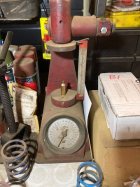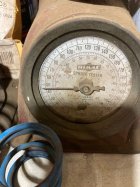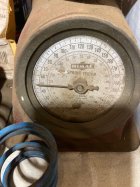ELR LVR
Silver $$ Contributor
One thing we should all also consider....
--------------------------------------------------------------------------------------------------
The neck expands to release the bullet, so neck tension may be a Non-sequitur....within bullet release
Now whether neck expansion happens immediately upon primer pop
--------------------------------------------------------------------------------------------------
Or whether case pressure must build up enough first and the bullet has had to move against neck tension
That I don't know....
has anyone set a camera up inside the case and chamber to know this???
--------------------------------------------------------------------------------------------------
The neck expands to release the bullet, so neck tension may be a Non-sequitur....within bullet release
Now whether neck expansion happens immediately upon primer pop
--------------------------------------------------------------------------------------------------
Or whether case pressure must build up enough first and the bullet has had to move against neck tension
That I don't know....
has anyone set a camera up inside the case and chamber to know this???














